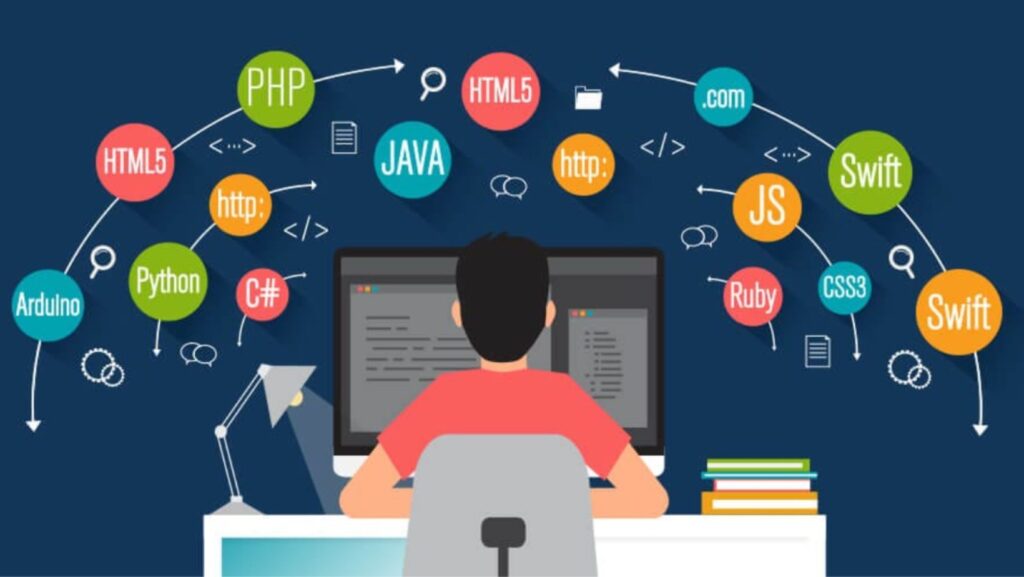Programming Languages
Programming languages are the backbone of software development. They serve as the fundamental tools that enable coders like myself to communicate instructions to computers effectively. With a multitude of programming languages available, each with its own syntax and purpose, choosing the right one for a project can often be a daunting task.
When delving into the world of programming languages, it’s crucial to consider factors such as the nature of the project, scalability requirements, performance demands, and team expertise. Some languages excel in specific areas like web development or data analysis, while others offer versatility across different domains. Understanding these nuances is essential for selecting the most suitable language that aligns with project objectives.
As I navigate through various programming languages in my work, I continually assess their strengths and weaknesses to optimize efficiency and ensure seamless integration within projects. The dynamic nature of technology means that staying updated on emerging languages and trends is paramount for any coder looking to enhance their skill set and deliver innovative solutions.

Types of Programming Languages
When delving into the realm of programming languages, one encounters a diverse landscape with various types catering to different needs and preferences. Let’s explore some of the common categories:
1. Procedural Programming Languages
- Definition: These languages follow a linear sequence of instructions to perform tasks.
- Example: C language is a classic example known for its structured approach in writing programs.
2. Object-Oriented Programming (OOP) Languages
- Description: OOP focuses on creating objects that contain both data and functions to operate on that data.
- Example: Java is widely used as an object-oriented language due to its robust features for building complex applications.
3. Functional Programming Languages
- Explanation: In functional programming, functions are treated as first-class citizens, allowing for more concise and declarative code.
- Example: Haskell stands out as a functional language known for its emphasis on immutability and pure functions.
4. Scripting Languages
- Overview: Scripting languages are often used for automating specific tasks or controlling other software.
- Example: Python has gained popularity in scripting due to its readability, versatility, and extensive libraries.
5. Domain-Specific Languages (DSLs)
- Insight: DSLs are tailored for specific domains or industries to address particular challenges efficiently.
- Example: SQL (Structured Query Language) serves as a domain-specific language designed for managing relational databases.
By understanding the distinct characteristics of these programming language types, developers can choose the most suitable tool for their projects based on requirements, scalability, and ease of implementation. Each type brings its unique strengths and limitations, shaping the way software solutions are crafted in today’s dynamic technological landscape.

Popular Programming Languages in 2021
When it comes to Popular Programming Languages in 2021, the landscape is diverse and constantly evolving. Let’s delve into some of the top contenders shaping the tech industry this year.
Python
Python continues to reign supreme as a versatile language favored by developers for its readability and vast array of libraries. From web development to data science, Python’s simplicity and efficiency have propelled it to the forefront of programming languages.
JavaScript
JavaScript remains a powerhouse in web development, driving dynamic and interactive content across browsers. With frameworks like React and Node.js gaining momentum, JavaScript solidifies its position as an essential tool for front-end and back-end development.
Java
Java, known for its scalability and cross-platform compatibility, maintains its relevance in enterprise applications and Android development. Despite being a mature language, Java’s robust performance makes it a go-to choice for building secure and reliable systems.
TypeScript
TypeScript, a superset of JavaScript that adds static typing, has garnered attention for enhancing code quality and developer productivity. Its adoption continues to rise as more teams embrace type safety without sacrificing the flexibility of JavaScript.
Rust
Rust emerges as a rising star among systems programming languages, prized for its focus on safety, speed, and concurrency. As developers prioritize secure coding practices, Rust’s emphasis on memory safety sets it apart in critical software development scenarios.
In summary, Popular Programming Languages in 2021 reflect the industry’s demand for versatility, performance, and innovation. Whether you’re diving into data analytics with Python or crafting responsive web applications with JavaScript, staying abreast of these trends can position you at the forefront of technological advancements.


